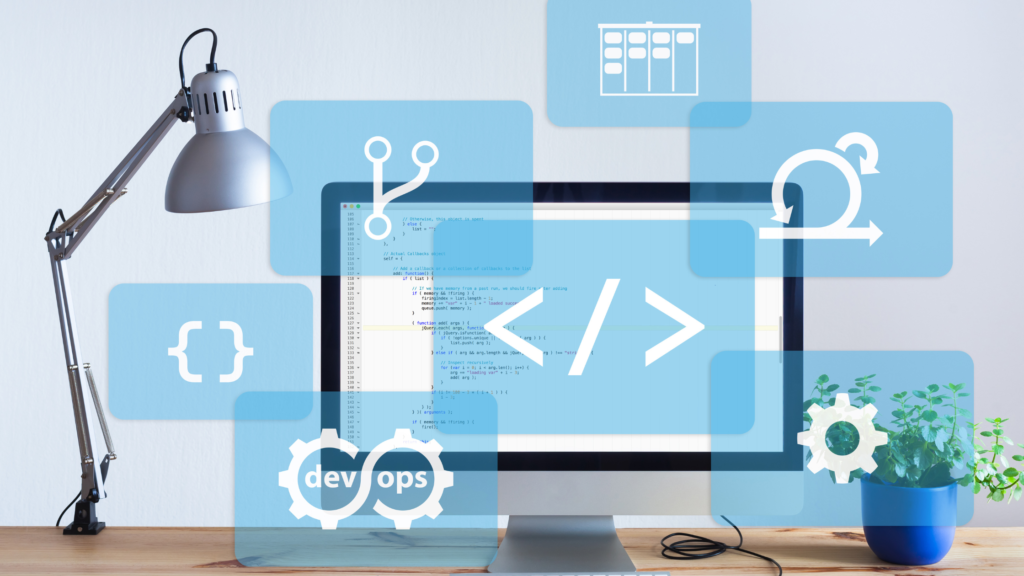Security in DevOps: The Four C’s – Code, Container, Cloud, and Cluster

In today’s fast-paced and ever-evolving digital landscape, security in DevOps has become paramount. As organizations strive to deliver software faster, the integration of security measures throughout the development process is crucial. Enter DevSecOps, an approach that seamlessly integrates security practices into the DevOps pipeline, ensuring robust protection at every stage. Let’s explore the Four C’s of DevSecOps and the new practices you need to adopt to bolster your security strategy.
The Four C’s of DevSecOps
1. Code
The foundation of any software development process lies in the code. Secure coding practices are essential to identify and mitigate vulnerabilities early in the development lifecycle. Static application security testing (SAST) and dynamic application security testing (DAST) tools can help scan code for potential issues, enabling developers to remediate them before they escalate.
2. Container
Containers have revolutionized application deployment, but they also introduce security challenges. Container security involves ensuring the integrity and isolation of containers. Implementing practices like image scanning for vulnerabilities, container runtime protection, and least-privilege access can help secure your containerized applications.
3. Cloud
Cloud computing offers flexibility and scalability, but it also expands the attack surface. To secure your cloud infrastructure, employ identity and access management (IAM) controls, encryption, and continuous monitoring. Automated cloud security tools can provide real-time threat detection and response.
4. Cluster
Container orchestration platforms like Kubernetes are popular for managing containerized applications. Securing Kubernetes clusters requires controlling access, network segmentation, and pod security policies. Regularly updating and patching the Kubernetes environment is also crucial to mitigate vulnerabilities.
New Practices You Need to Adopt
- Shift Left Security: Embrace the “shift left” approach by integrating security into the earliest stages of development. This ensures that security is not an afterthought but an integral part of the development process.
- Infrastructure as Code (IaC) Security: Treat infrastructure configuration as code and apply security checks and version control to infrastructure definitions. Tools like Terraform and AWS CloudFormation allow you to implement IaC security best practices.
- Continuous Security Testing: Implement automated security testing throughout the development pipeline. This includes static and dynamic analysis, vulnerability scanning, and penetration testing.
- Security Champions: Appoint security champions within your development teams who can advocate for security best practices and guide colleagues in identifying and addressing security issues.
DevSecOps Strategy
A successful DevSecOps strategy requires collaboration and communication between development, security, and operations teams. Establish clear security policies, automate security checks, and provide training to foster a culture of security awareness.
In Summary
DevSecOps is not just a buzzword; it’s a critical approach to ensure the security of your applications and infrastructure in a DevOps-driven world. By addressing the Four C’s – Code, Container, Cloud, and Cluster – and adopting new practices, you can build a robust security posture that keeps pace with your agile development processes. Embrace DevSecOps, and make security an integral part of your software delivery pipeline.

Leave a Reply